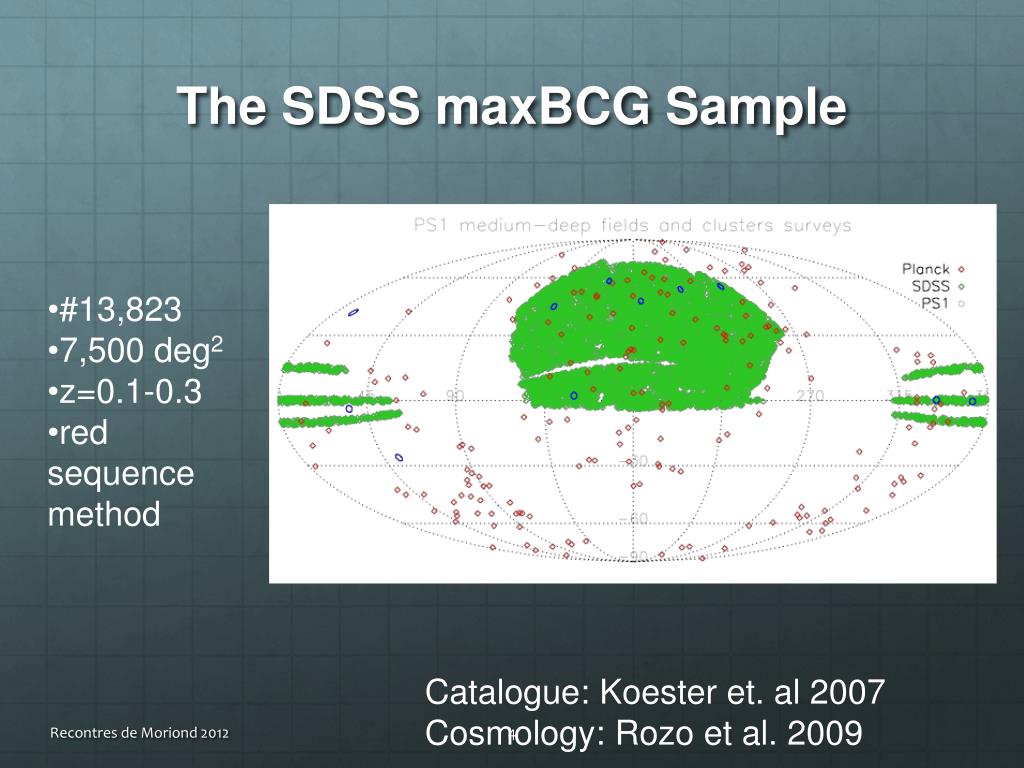
Small separations and low redshifts, where wide-angle effects, selectionĮffects, and nonlinearities are expected to be equally important.

Relevant for the modeling of odd multipoles of the correlation function at The linear expression for the galaxy overdensity, accurate to subleading order,Ĭan be recovered from our nonlinear framework. Fingerprint Abstract We present a clustering analysis of luminous red galaxies (LRGs) using nearly 9000 objects from the final, three-year catalogue of the 2dF-SDSS LRG and QSO (2SLAQ) Survey. Regime, we find that the redshift-space correlation function is essentiallyĭetermined by a geometric average of its real-space counterpart. Treatment of the streaming model in the wide-angle regime. Naturally yields unequal-time correlations. (iv) respects the fact that observations are made on the past lightcone, so The simplest theory describing large-scale redshift-space distortions (RSD), based on linear theory and distant galaxies, depends on the growth of cosmological structure, suggesting that strong tests of general relativity can be constructed from galaxy surveys. up to z 1, such as 6dFGS (Beutler et al.2012), SDSS (Samushia et al.2012 Chuang & Wang2013 Chuang et al. Redshift-space clustering anisotropies caused by cosmic peculiar velocities provide a powerful probe to test the gravity theory. Magnification and evolution bias due to a non-uniform selection function and Redshift-space distortions of galaxies, clusters, and AGN.

theĭistant-observer limit is not assumed (iii) can account for the effect of Redshift space which (i) is nonlinear (ii) is valid on the full sky, i.e.

The reason for di erent mappings is simple. while models that try to explain these phenomena are described in real comoving space, galaxies are observed in a di erent space, a distorted one, known as redshift space.
#Redshift space distortions of sdss galaxies pdf
Download a PDF of the paper titled Nonlinear Redshift-Space Distortions on the Full Sky, by Lawrence Dam and 1 other authors Download PDF Abstract: We derive an analytic expression for the two-point correlation function in Redshift Distortions in SDSS LRGs Eyal Kazin Received accepted.


 0 kommentar(er)
0 kommentar(er)
